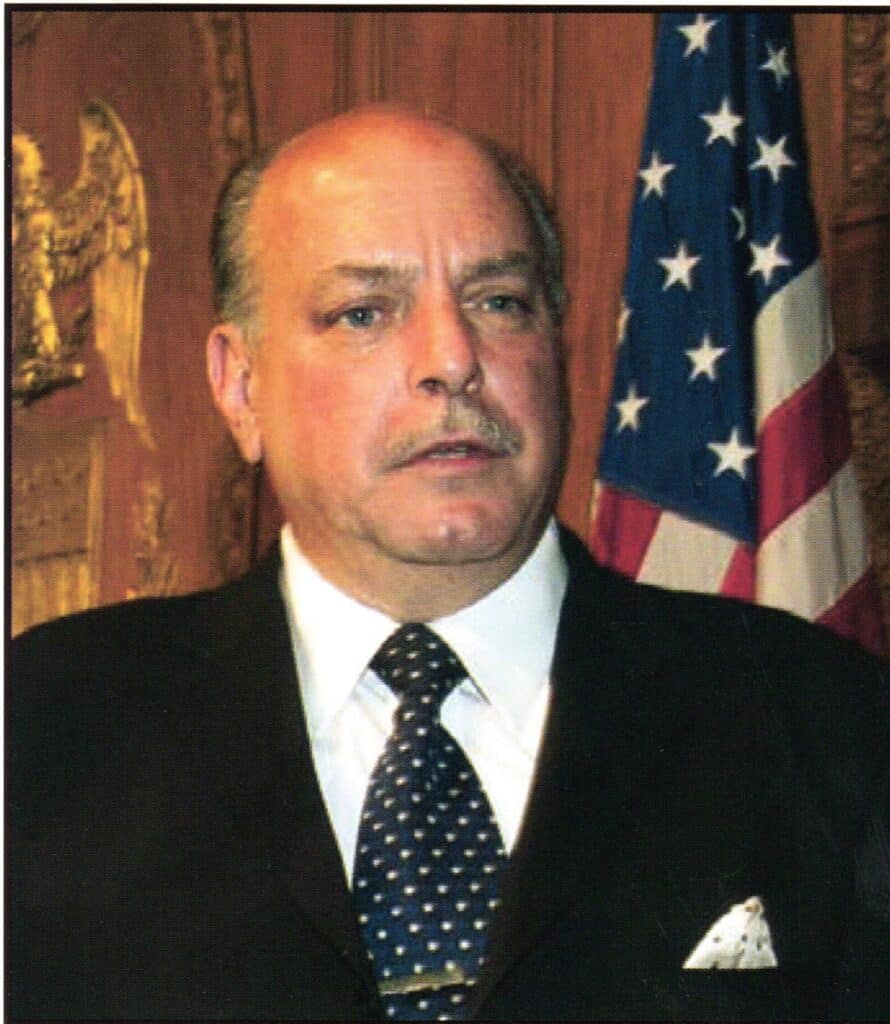By Neil Zolot
The City Council and Fire Chief Joseph Hickey expressed concern over the siting of a lithium battery storage facility in the commercial/industrial area off Revere Beach Parkway and Lower Broadway, especially in case of a fire. “We have comments with extinguishing issues,” Hickey said at the Council meeting Monday, February 10. “We’re told if there’s a fire of this type, you have to let it burn out. That’s hard to take as a firefighter when you have a population to protect. Any fire presents an environmental hazard and I’m sure they’re installing safeguards, but we have to look at it as if there’s a worst-case scenario” – they being developer Jupiter Power.
“I don’t know the exposure to the community,” Ward 1 Councillor Wayne Matewsky confessed. “We’ve been exposed to many hazards over the years. The only good thing I can see in this is that it’ll be union built, but it will produce only a handful of long-term jobs.”
The site is located in his Ward and would be in one of three areas: the Docklands Innovation District, the Lower Broadway Economic Development District on Lower Broadway or the Commercial Triangle Economic Development District. He brought up the matter after reading a recent opinion piece in the Boston Herald by environmental activist Laurie Belsito, Policy Director of the Massachusetts Fiscal Alliance. In it she criticizes Governor Healey’s administration for approving permitting of the project, and points out the dangers from a possible fire at the facility to Everett.
She calls such a fire a toxic inferno that can’t be put out with water that might burn for many hours at very high degrees. She also writes that the facility would contain 700 megawatts of power in an area surrounded by a city. It would be one of the largest in the country, but most are placed in more remote areas.
“This is very large,” Hickey confirmed.
The area could contain residential properties and is very close to others like developments on Second Street and neighborhoods across Revere Beach Parkway. “You can’t put something this size in an urban area,” Councillor-at-Large Stephanie Smith feels. “Everett is always a dumping ground for the state. If something were to happen, think about it.”
Councillor-At-Large John Hanlon asked, somewhat rhetorically, about how Everett would be evacuated, where people would go, how long people would have to stay away and what long-term effects might be. He likened the issue to plans from the 1950s made in case of a nuclear attack.
Hickey is reluctant to specify a danger zone. “It would depend on the size and scope of an incident,” he said. “We have monitoring equipment but that doesn’t help us.”
Last fall, the Council approved a request for work to connect the facility to the City’s electrical system and a change in zoning to allow development, but “not specifically for this proposal,” City Clerk Sergio Cornelio told the members when asked to research the matter during the meeting. There was also an open house on the project at the Connolly Center last summer, but permitting is done at the state level.
“The state drives the train,” Mayor DeMaria’s Chief of Staff, Erin Deveney, said when called to testify at the meeting. “State regulations don’t allow for sufficient community input. The state has the ability to burden local communities if it feels it is a benefit to the state, and the city doesn’t have any ability to prevent a proponent from bringing in this type of project.”
“If we said no, the state could have shoved this down our throats regardless,” Smith said in reference to previous Council approvals for work and changes in zoning. “My understanding is it’s not something we did.”
Matewsky called the open house and subsequent outreach “a con job.”
“Do we have the ability to ask for mitigation?” Ward 5 Councillor Robert Van Campen asked. He also noted that Belsito’s piece expressed an opinion and was not a news story.
“If we get saddled with this there are still conversations about local mitigation,” Deveney answered.
She acknowledged “a fire is something that couldn’t be readily extinguished and could burn for an inordinate amount of time. That could have a chilling effect on other types of developments the area could attract because of the risks.”
Some of the mitigation could take the form of Jupiter funding or partly funding public safety facilities. “Companies that come into Everett should be responsible for public safety buildings,” Matewsky feels.
Councillor-at-Large Katy Rogers noted that Everett’s three fire stations date back to pre-World War II and the City needs a fourth. “That neighborhood needs attention,” she said. “It’s not something we can put on the back burner.”
Hickey confirmed that the stations date back that far, although there have been renovations and the city needs another station. “Regardless of whatever project comes to Everett, what’s coming down the road necessitates it,” he said.
Deveney added, “Proponents know they’ll have to support the Fire Department because this is new technology we haven’t experienced.”
Councillors questioned Deveney on the lack of information from the Mayor. She said previous action on electrical work and zoning changes were filed as Council proposals not by the Mayor. “We were not asked to participate,” she said.
“It still bothers me he wasn’t here,” Ward 6 Councillor Peter Pietrantonio interjected, but Deveney continued, “The Mayor has concerns with the size and scope of the project. We’ve been in conversations with representatives of Jupiter about community input. The Mayor has also been raising concern at the state level because that’s where the decision would be,” but she conceded, “The concerns of the city have not been recognized and the project is pending.”
She also said there have been conversations with authorities in Somerville who are also worried about the effects of a fire.
The matter was referred back to the Administration with Smith asking that the city’s state and federal legislative delegations be contacted about local concerns.
In other matters, the Council gave its final approval or ordainment of a zoning change to give developers of projects of over 10 housing units an option as to how many affordable units there should be and at what rate the rent should be calculated. In addition to the option of having 15% of the units available for 80% of the Area Median Income (AMI), there could also be 10% of the units available for 60% of the AMI.
How reasonable affordable housing units are is still an open question. Everett is in an AMI cohort that includes similar communities like Malden and Medford, but dissimilar ones like Lexington, Newton, North Reading and Winchester. The income levels in those communities skew the AMI above the means of many Everett residents.
Councillor-at-Large Guerline Alcy Jabouin voted alone against the measure, but it still received the necessary two-thirds majority required for passage of zoning changes. “This would be great if we didn’t approve everything,” she said.
Rogers wondered if reducing the rent in some units will raise them in others.



